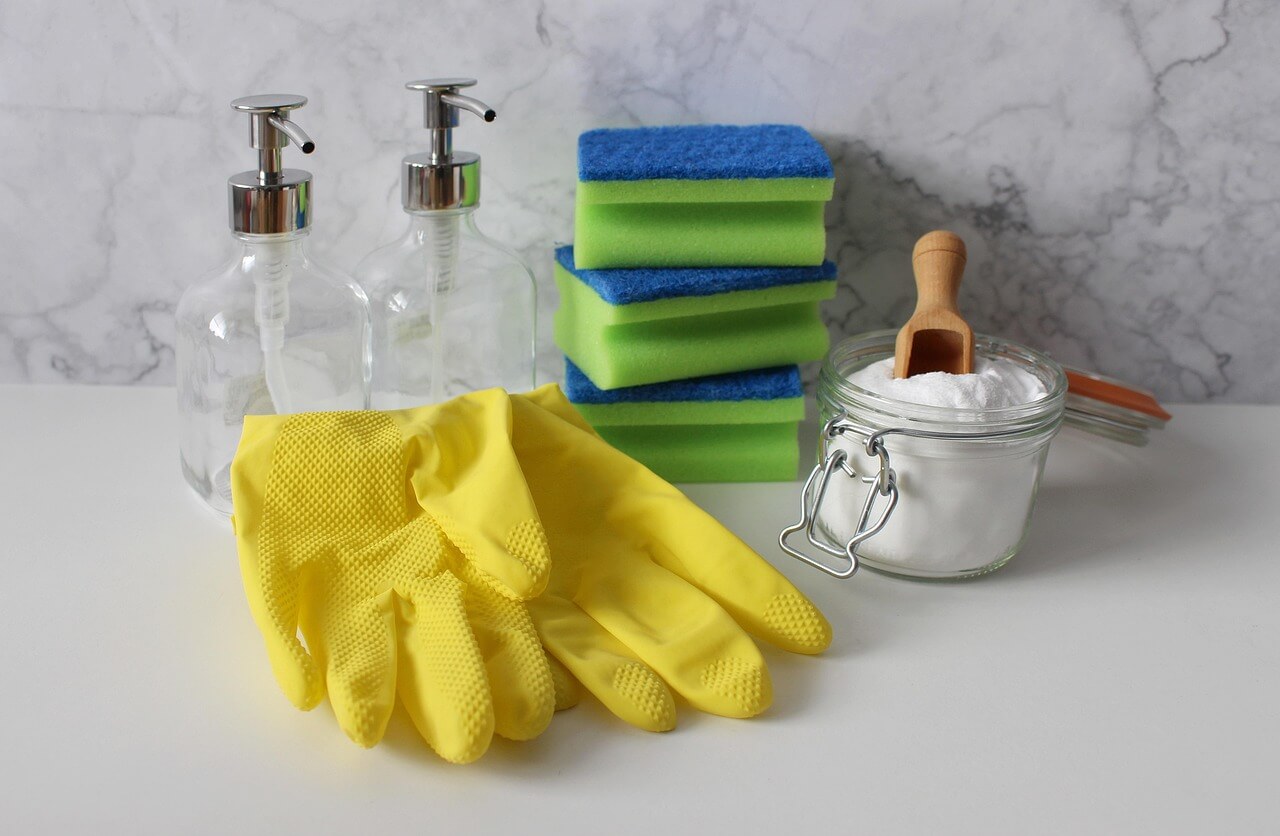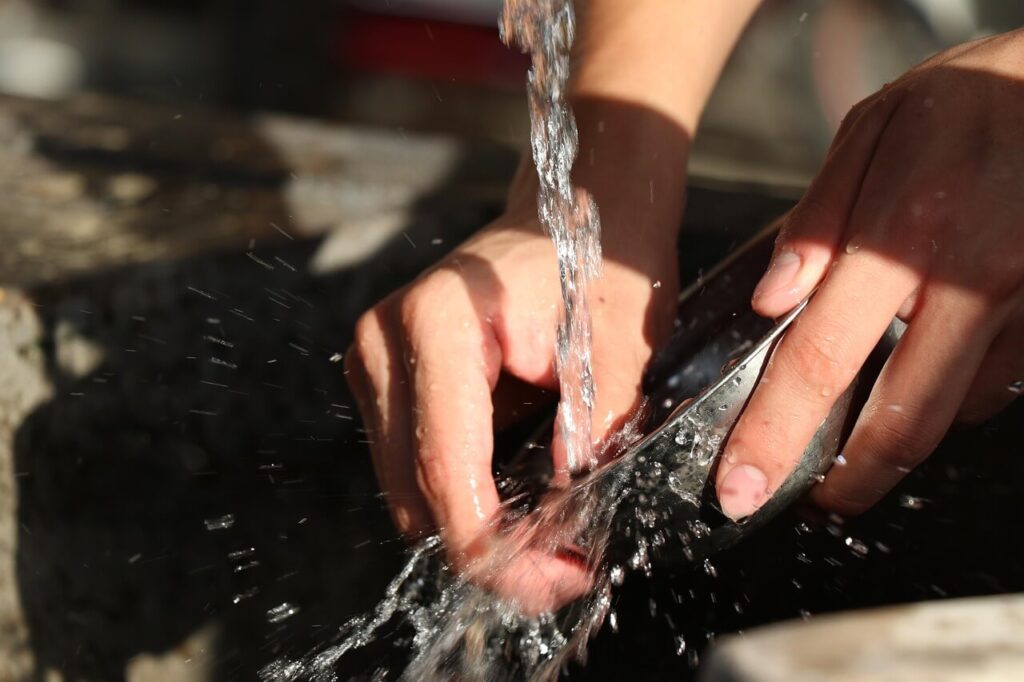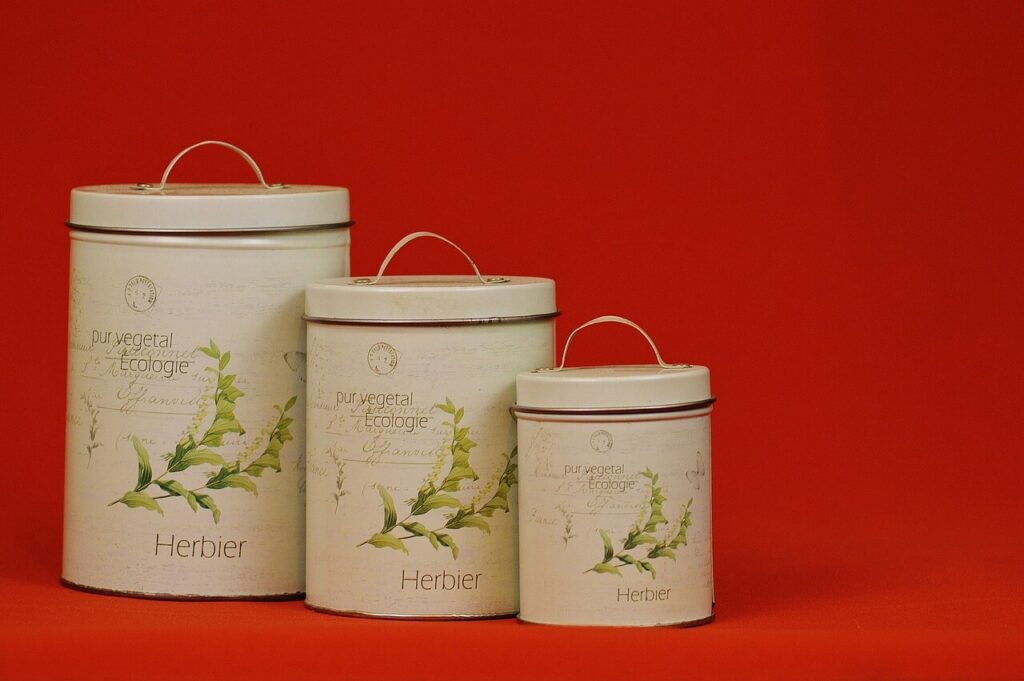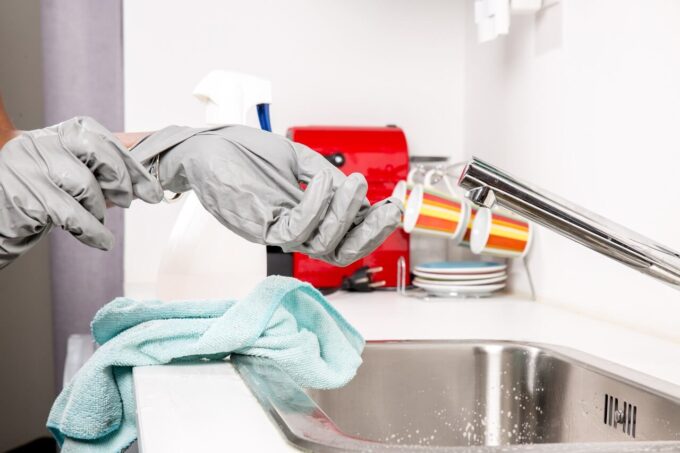
Face it—thoroughly scrubbing your kitchen rarely tops anyone’s list of enjoyable activities. Yet this space deserves special attention as the heart of daily household operations. With constant meal preparation and family gatherings, kitchens inevitably accumulate oils, food particles, germs, and disorganization.
The bright side? Transforming your culinary space doesn’t require sacrificing your entire weekend. Armed with strategic techniques and a few household staples, you can rejuvenate your kitchen during a single afternoon session. This straightforward guide offers a methodical approach with efficient, natural solutions that deliver impressive results.
Essential Supplies for Kitchen Rejuvenation
Gather these fundamentals before beginning your project:
- Several microfiber cleaning cloths (4-6 recommended)
- Distilled white vinegar and sodium bicarbonate (baking soda)
- Liquid dishwashing detergent and fresh sponge
- Durable scrubbing tool (ideal for tackling grout lines and awkward corners)
- Waste disposal bags (for removing trash and outdated refrigerator contents)
- Optional fresheners: citrus fruit segments or aromatic oils
Practical Suggestion: Position a storage container nearby to collect misplaced items that should be relocated elsewhere in your home.

Start with Space Clearing – Empty Work Surfaces
This initial phase creates the foundation for effective cleaning:
- Remove all items from countertops—dishes, appliances, food containers, and miscellaneous objects
- Discard expired products, empty packaging, and items that belong in different rooms
- Empty the sink completely—process dishes through dishwasher or hand-wash them
This preliminary organization dramatically improves the subsequent cleaning process. Working with clear surfaces eliminates the frustration of repeatedly shifting items while attempting to clean underneath them.
Refresh All Kitchen Zones (Work Surfaces, Storage Units, Wall Protection)
With clear work areas established, proceed systematically:
- Upper storage areas: Follow a top-down cleaning pattern. Apply a lightly dampened cloth with minimal dish soap to eliminate dust and cooking residue.
- Wall protection panels: Apply white vinegar directly, allow brief contact time, then wipe thoroughly. For stubborn residue, apply baking soda and use gentle circular motions.
- Work surfaces: Prepare a solution of equal parts white vinegar and water in a spray container. Apply and wipe with microfiber material. Consider adding several drops of citrus essential oil for a refreshing aroma.
- Lower cabinetry and drawer exteriors: Pay special attention to handles and pulls—these contact points often harbor surprising amounts of grime.
Rejuvenate Kitchen Equipment
Appliances frequently conceal accumulated residue. Transform them with these techniques:
- Oven: Create a cleaning mixture by combining baking soda with enough water to form a spreadable consistency. Apply throughout interior surfaces (avoiding heating elements) and allow minimum one-hour activation period. Remove with damp cloth. For persistent residue, lightly mist with vinegar before final wiping.
- Microwave: Place water and fresh citrus segments in a microwave-safe container. Heat 3-5 minutes, allowing steam to soften accumulated residue, then wipe interior surfaces.
- Refrigerator: Empty contents completely. Remove expired or compromised items. Clean shelving and compartments using warm water with mild detergent. Thoroughly dry before replacing contents.
- Coffee equipment: Operate with a solution of equal parts white vinegar and water. Follow with clear water cycles to eliminate any acidic aftertaste.
- Small appliances: Empty collection chambers and wipe exterior surfaces with appropriate cleaning solutions.
Enhancement tip: Place an uncovered container of baking soda in the refrigerator to neutralize unwanted aromas.
Address the Washing Station and Waste Management Areas
These functional zones require specialized attention:
- Sink basin: Apply baking soda liberally across surfaces and scrub thoroughly. Pour vinegar over treated areas to create a cleansing reaction that helps purify drains and eliminate odors. Complete with hot water rinse.
- Water fixtures: Treat with vinegar solution and polish with microfiber material.
- Waste receptacle: If possible, relocate outdoors for cleaning. Wash thoroughly with hot water and dish soap, rinse completely, then apply disinfectant solution (either commercial product or vinegar with essential oils). When possible, allow sun exposure during drying process.
Enhancement: Process citrus remnants through garbage disposal with cold running water to impart natural freshness.

Conclude with Floor Maintenance
The final phase completes your kitchen transformation:
- Begin by thoroughly sweeping beneath major appliances and in corners where debris accumulates unnoticed
- Prepare a cleaning solution combining warm water, white vinegar, and small amount of dish detergent—excellent for cutting through kitchen-specific residues
- Alternative option: substitute your preferred plant-based floor cleaner if vinegar isn’t suitable
- Apply solution with a moderately damp mop—excessive moisture can damage certain flooring materials
Maintenance Strategies for Prolonged Kitchen Freshness
Implement these practices to extend the benefits of your deep cleaning effort:
- Wipe cooking surfaces promptly after each use—this half-minute habit prevents stubborn accumulation
- Address spills immediately rather than allowing them to harden or become sticky
- Sanitize high-contact surfaces weekly: cabinet hardware, appliance handles, control panels
- Schedule regular 15-minute reset sessions focusing on sink, countertops, and waste areas
- Practice concurrent cleaning while preparing meals—rinse utensils and wipe surfaces during cooking intervals
These simple habits significantly reduce the intensity of future deep cleaning sessions.
Even monthly thorough kitchen maintenance can dramatically impact your home environment. A pristine, pleasantly scented kitchen enhances your mood, supports family health, and elevates your culinary experiences.
Begin with this systematic approach, and within several hours, you’ll enjoy that satisfying sense of accomplishment every time you enter your refreshed kitchen space.
Latest Posts
How to Clean Your Walls Without Damaging the Paint
Reality check—walls accumulate debris over time. From oily handprints around switch plates...
3 Mins readHow Often Should You Really Be Cleaning These 10 Things?
(Unexpected insights for a healthier home environment) Most households maintain some form...
3 Mins readHow to Attract Pollinators to Your Backyard Garden
Dreaming of a vibrant, flourishing garden space? Whether you’re cultivating vegetables, nurturing...
3 Mins readHow to Get Rid of Pet Hair from Furniture and Floors
Animal companions bring immeasurable joy—and an inevitable shower of shed fur. This...
3 Mins read











